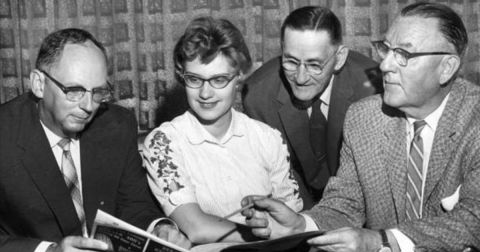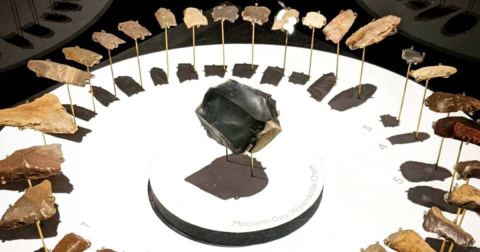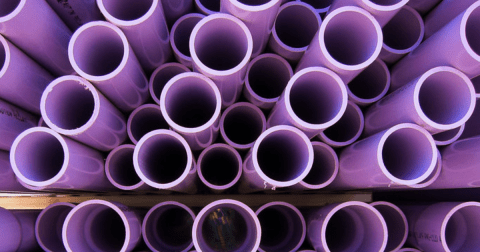Most People Don't Know How These 6 Towns In Greater Cleveland Got Their Start
There’s a running gag amongst Clevelanders that our city’s founder, Moses Cleaveland, noped out of the area after he and his team of surveyors mapped it out. As much as we love to laugh about it, Cleveland history isn’t quite so mysterious to residents. We know the city was founded in 1796 — seven years before Ohio became a state — and that Lorenzo Carter was the area’s first permanent resident. However, the history of many Greater Cleveland towns is a bit more esoteric… but it’s also, arguably, much more fascinating. Today, we’re going to take a look at a handful of Greater Cleveland communities with a fascinating story to tell. Buckle up, because this trip through time just might sweep you off your feet.
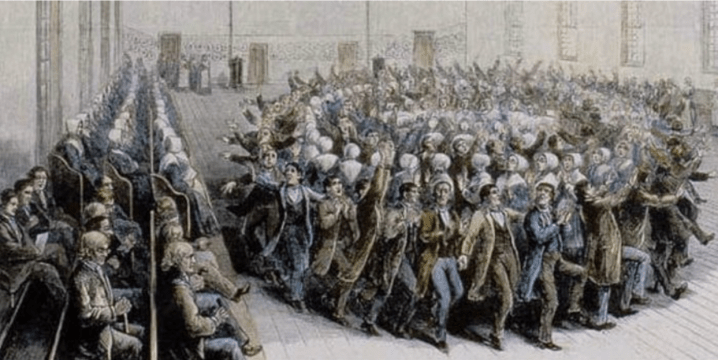
There were once a number of Shaker communities throughout the U.S., and the local Cleveland community would have felt pretty familiar to practitioners of the era. In 1822, circa 80 people settled on 1,000 acres of donated land to build a simple communal space. In the ensuing decades, hundreds more joined their ranks. Of course, nothing gold can stay... the Shakers practiced celibacy, so as their numbers dwindled, their local legacy faded into mere legend. And this isn't just a local phenomenon... today, there's only one Shaker settlement in the United States, and it boasted just three residents as of 2021.
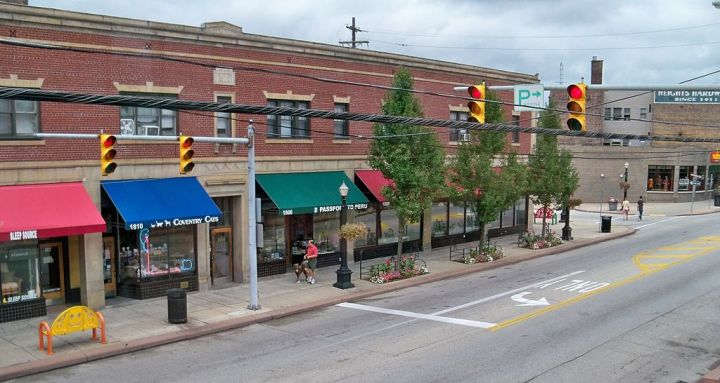
In 1903, Cleveland Heights was incorporated as a village. This was just eight years after Patrick Calhoun, a developer funded by Rockefeller himself, set out to create something of a luxury suburb for wealthy folk. The vision was to create a local version of the garden city movement trend — an English urban planning method that heavily relied on public green space. In 1916, five years before the community became a city, a 135-acre park system was unveiled. This only grew in 1938 when John D. Rockefeller donated his summer estate to the community.
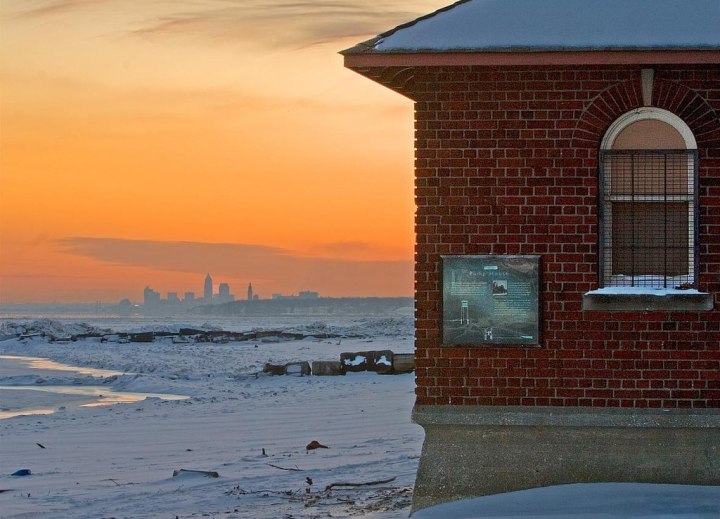
The first settler in the area was Joseph Cahoon, who arrived around 1810. Cahoon established the very first gristmill west of the Cuyahoga River, but that wasn't all the family contributed to the area! The Cahoon family barn, built around 1882, was converted into a community center that is still standing today. When Ida Marie Cahoon, the last member of the founding family, passed away, she left the family home and 115 acres to the city to cement her family's local legacy. As the area grew in popularity following the Civil War, part-time and year-round residents flooded into the area to establish summer cottages or to put down permanent roots. The population steadily grew, and the community was officially incorporated as a city on January 1, 1950.
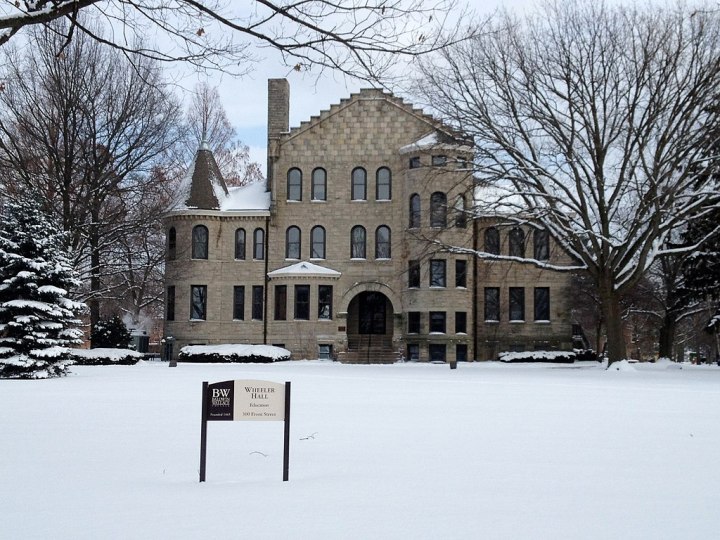
Baldwin would go on to form what we know today as Baldwin-Wallace College, but that wasn't the innovation that put Berea on the map, so to speak. Instead, his Baldwin Quarry Co. and their cutting-edge grindstones made Berea sandstone world-famous. These grindstones were coveted for sharpening tools in various industries, and they only fell out of fashion when Carborundum grinding wheels replaced them in the 1940s. This was just a decade after Berea was incorporated as a city in 1930.
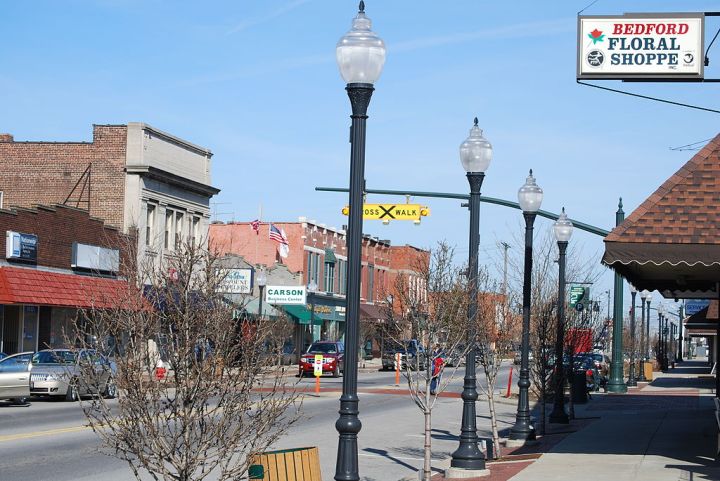
Like many communities in the area, early industry in Bedford was dependent on water power. Tinker's Creek attracted business-minded folk, which resulted in the birth of companies like the Taylor Chair Company, which was the oldest company in the nation still owned by the same family until it closed in 2012. In the decades after its founding, Bedford became an abolitionist-centric community and a stop on the Underground Railroad. Things really took off when an actual railroad — the Cleveland & Pittsburgh Railroad — came to the area in the 1850s. Despite all this growth and excitement, Bedford wouldn't be incorporated as a city until 1930.
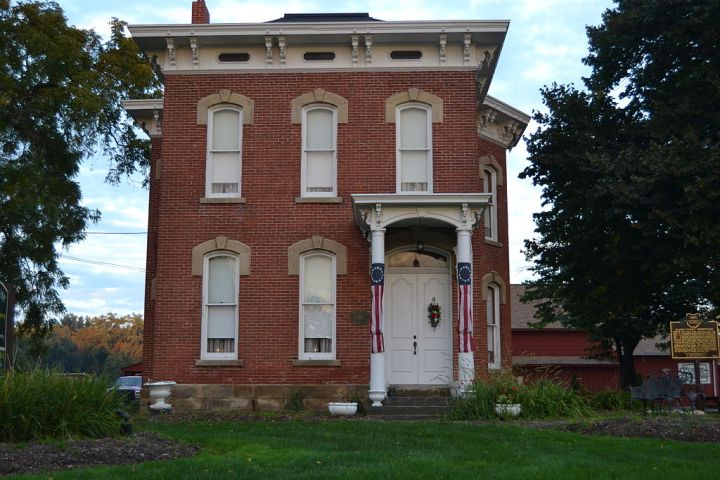
The northern portion of Dover Township, Bay Village, broke off in 1901, but the land that would become Westlake remained largely rural throughout the upcoming decades. In 1912, a southern chunk of the township broke off to join North Olmsted, and the remaining town residents were left with a dilemma: there was already a Dover, Ohio in Tuscarawas County. To avoid confusion, locals named their community Westlake in 1940, and it was officially incorporated as a city in 1957.
These Cuyahoga County communities all have a story to tell! If walls could talk, these areas could tell dozens of stories about Ohio’s early days of statehood. While that unfortunately is a mere musing, the history of these Greater Cleveland towns is undeniable and rich.
Love Cleveland history? Check out some moments from Cleveland’s past that are almost unbelievable.
OnlyInYourState may earn compensation through affiliate links in this article. As an Amazon Associate, we earn from qualifying purchases.


